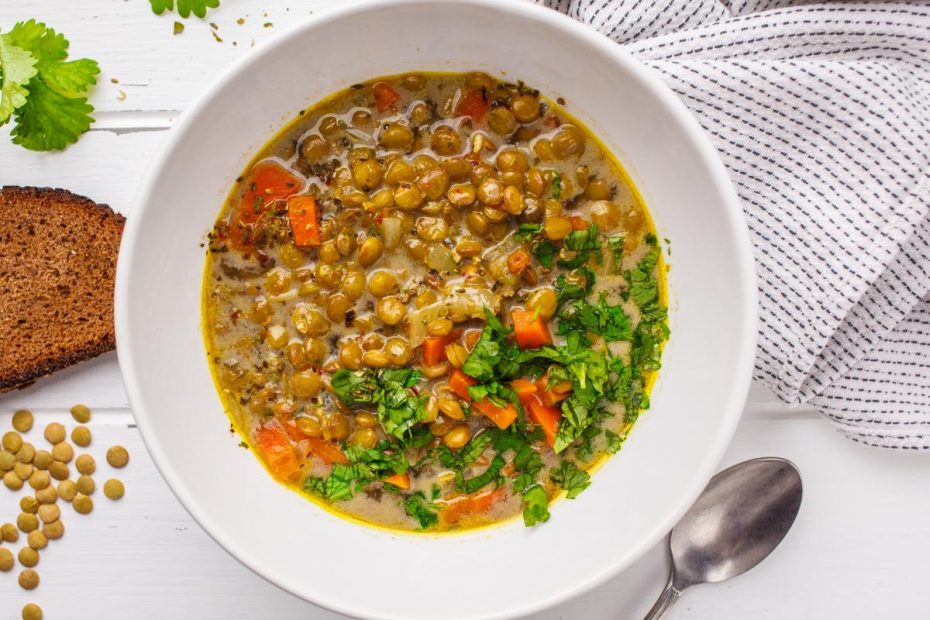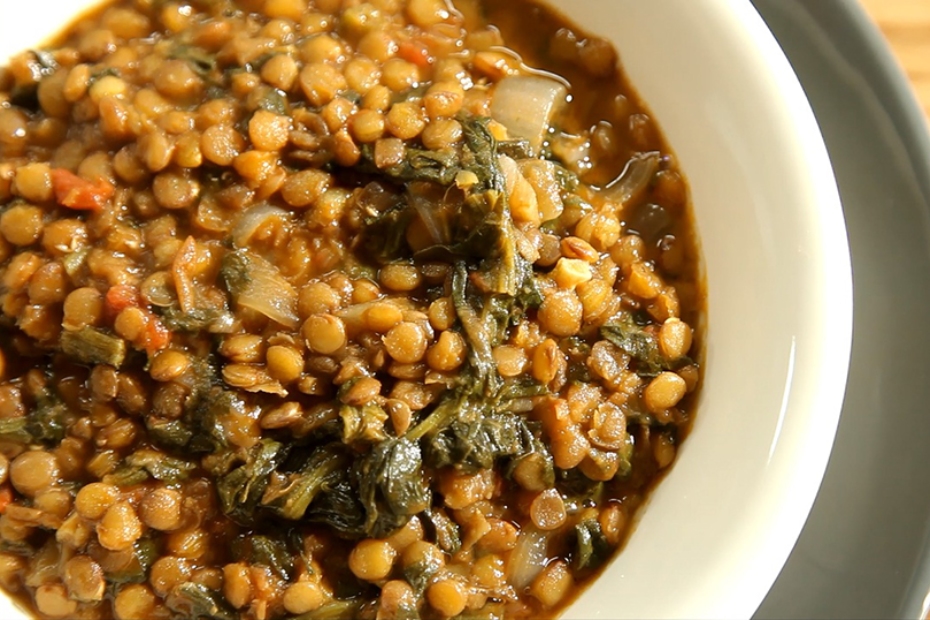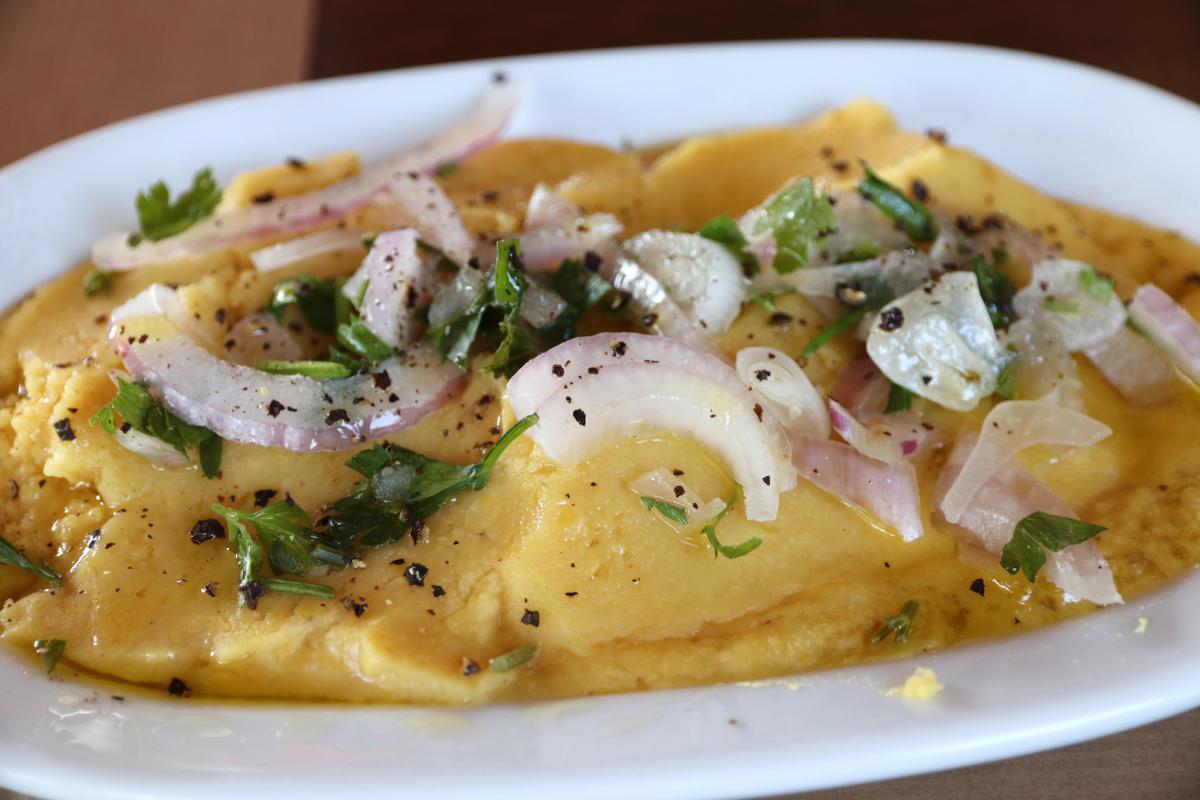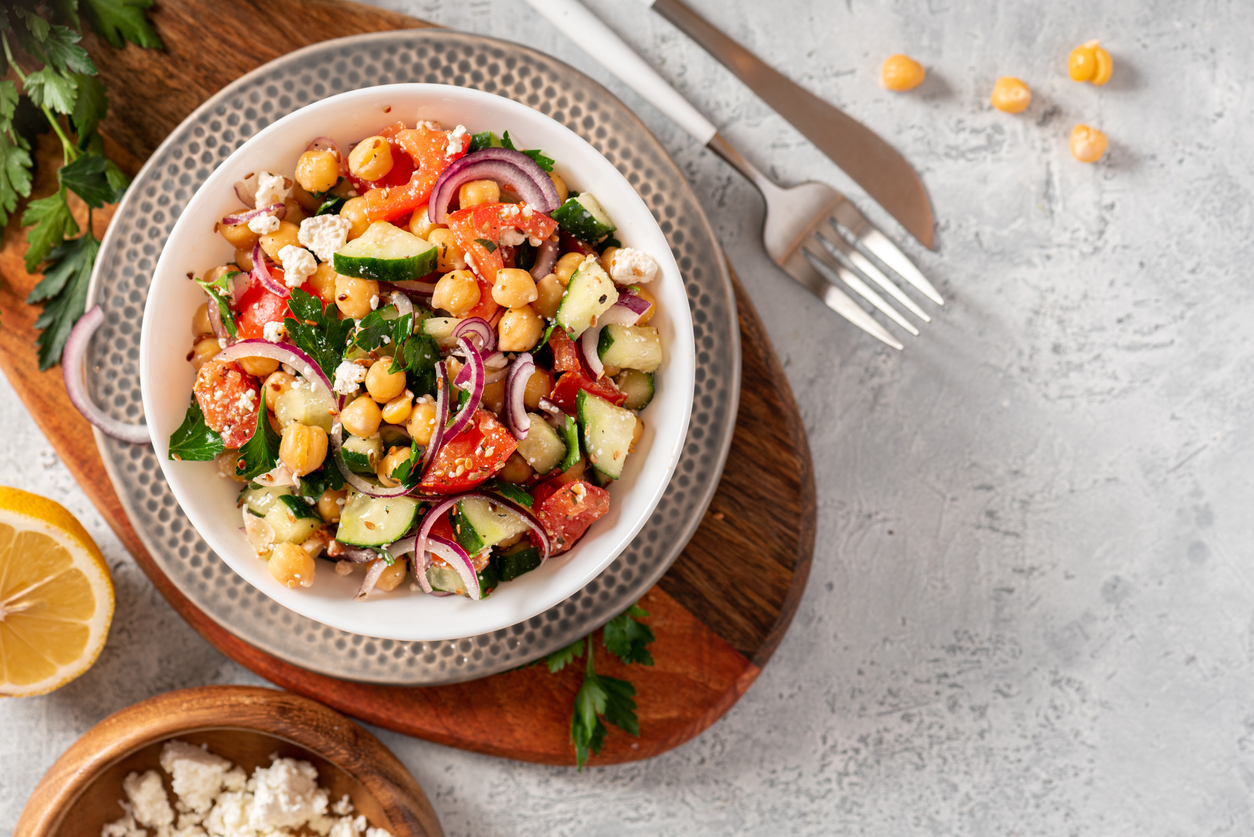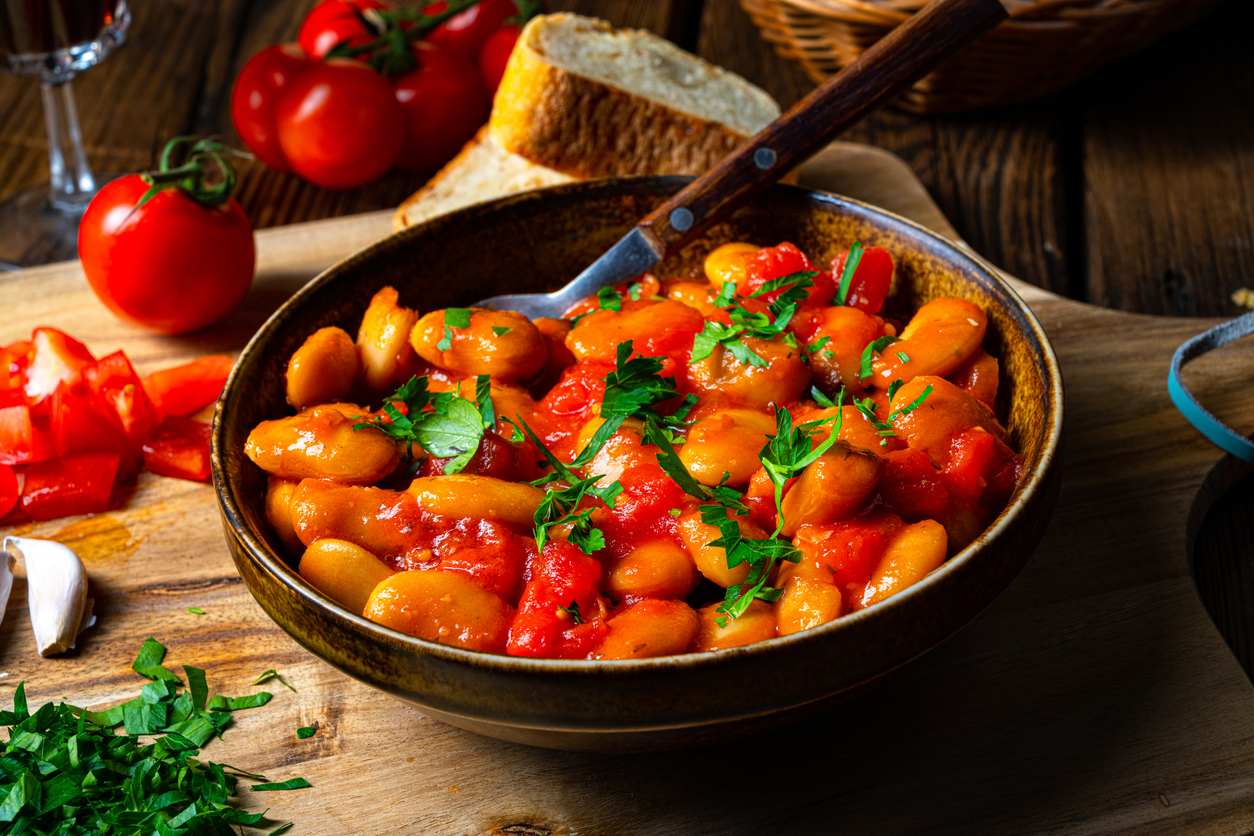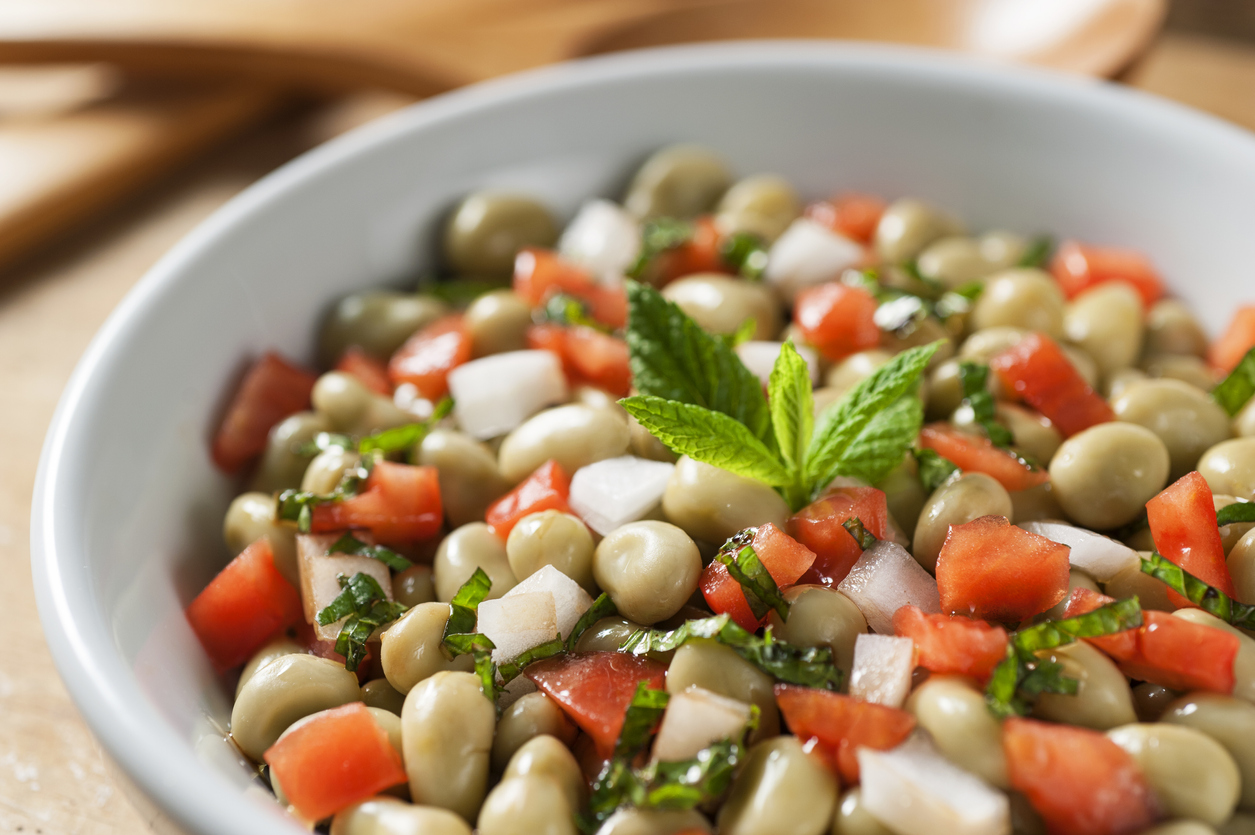The Ikaria Diet Pantry: Adapted from my latest book, The Ikaria Way, St. Martin’s Press, March 2024.
Beans and legumes are among the most important ingredients to have on hand if you want to build an Ikaria diet pantry. The Ikaria diet pantry is something you can create no matter where you are because beans and legumes are among the world’s most accessible foods.
Among the seminal ingredients of the Ikaria way of eating are beans and pulses. These varied and versatile pantry items pack a nutritional punch. Beans and pulses are one of the oldest foods consumed in Greece, a staple that provides a simple, healthy, and inexpensive way to care for your body. Greeks consume many different kinds of beans and pulses. Here are a few of the basic varieties you can find anywhere and that will help you create one of the foundational elements of an Ikaria pantry anywhere you are! With beans and legumes, you’ll be able to create dozens of Ikaria diet recipes for a healthy, happy lifestyle!
The Ikaria Diet: Longevity & Bean Consumption
Adding beans and pulses to your everyday meal plan is proven to increase longevity. Simple changes like eating at least three servings of beans each week will also help you to phase meat out of your diet. You can even pair these with a grain like barley or quinoa to help you hit your dietary goals. Below is a list of some of the main beans and pulses consumed in Greece and in Ikaria, all widely available and all important if you want to create a repertoire of Ikaria diet recipes to incorporate into your life.
The Ikaria Diet Pantry: Lentils
This humble pulse is a nutritional powerhouse, packed with protein and fiber as well as potassium, iron, and other vitamins. There are many varieties of lentils that are native or popular around the Mediterranean. On Ikaria, you can still find them growing wild, and their ancestor, the common vetch, blankets the island with its tiny purple flowers in the spring. You can find a number of delicious lentil recipes in the spirit of the Ikaria diet HERE.
The Ikaria Diet Pantry: The Humble Yellow Split Pea
If you’re already familiar with Greek meze traditions, you have probably heard of fava, which are yellow split peas in Greece. They’re a staple and one of the most ancient foods in the Eastern Mediterranean, cultivated on several Greek islands and important in the local diet everywhere, Ikaria included. The most common way to cook yellow split peas all over Greece is in an eponymous puree, also referred to as fava, which can be served in many ways, as a dip, soup, and accompaniment for countless savory toppings or preparations. Over the years, I’ve included a recipe for fava puree in almost every one of my cookbooks and there are several on the site as well as well as ways to use the humble split peas in burgers, patties and more! Check out my recipes for yellow split peas, all in the spirit of the Ikaria diet, HERE!
The Ikaria Diet Pantry: Ancient Chickpeas
Chickpeas are another of the very ancient staples in the Greek kitchen, and there are many ways to cook them. They’re another good replacement for meat, with plenty of protein, but they are also a great source of vitamins, minerals, and fiber, while also helping with managing your weight, helping out with digestion, and reducing the risk of heart disease.
The Ikaria Diet Pantry: Giant Beans, aka Gigantes
Gigantes, or giant beans, are one of the most iconic Greek ingredients. They are loaded with protein, making them the perfect protagonist in main course recipes. Their heartiness makes them a great replacement for meat; they’re also low in saturated fats. You can substitute gigantes with butter beans, as they are quite similar in size and texture. Find some of my delicious giant bean recipes HERE.
The Ikaria Diet Pantry: Broad Beans or Fava Beans
One of the oldest traditional beans cultivated in the Eastern Mediterranean, broad beans, aka fava beans, have a complex history. They’re exceedingly nutritious on the one hand, but on the other, they can be dangerous for anyone lacking the enzyme needed to synthesize them.
On the nutrition front, there’s a literal laundry list of body parts that benefit by the consumption of broad beans. Broad beans are rich in protein, fiber, vitamins (especially vitamin C), minerals (a good source of manganese and iron), and the amino acid L-DOPA, which helps in the production of dopamine, the neurotransmitters that keep our central nervous system running properly and the lack of which is associated with Parkinson’s disease. Eyes, teeth, bones, and brain all benefit from broad bean consumption. These ancient beans, cultivated for more than six thousand years in the Mediterranean, also work to prevent cancer, anemia, osteoporosis, and stroke. We sleep better when we eat them, too. On the flip side, though, they can be detrimental to people lacking G6PD, the enzyme that helps red blood cells work properly. For people lacking this enzyme, the consumption of broad beans causes a type of anemia in which red blood cells break down faster than they are produced. You’ll find my favorite broad bean recipes HERE.
